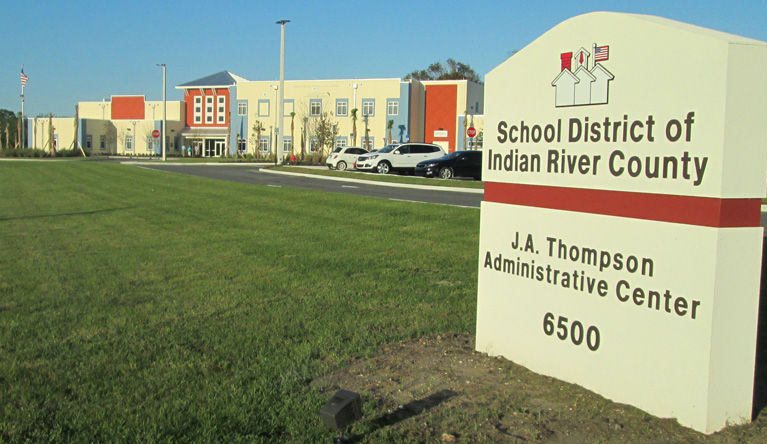
INDIAN RIVER COUNTY — Taxes levied by the Indian River County School Board will be lower in the upcoming year.
The board approved the tax rate at 7.410, down from 7.955 last year, after holding a public hearing on Tuesday, which will bring about $120 million to the school district.
Finance Director Carter Morrison estimated a $200,000 property would be taxed about $50 less, generating about $1,340 in revenue for the district.
Chairwoman Dale Simchick said the board does not set the rate for the largest of the four school-district levies. The largest, the “local contribution” tax, is determined by the state.
The state lowered the local contribution from 5.107 mills to 4.562 mills, about 54 cents less per $1,000 property assessment. The millage is expected to bring in about $75 million and will go to school operations.
The school board can set the “discretionary” tax lower but not higher than 0.748 mills and it will remain at the maximum. The millage is expected to bring in about $11 million and will also go to school operations.
The school board can also lower but not raise the 1.50 “capital projects” millage. lt will remain at the maximum and is expected to bring in about $23.7 million.
About $13 million will be spent on two new buildings at Beachland Elementary and the Citrus Bowl renovation. Most of the remainder will pay off debt for past capital projects.
The board does control the 0.60 mills. It was successful in getting voters to approve a tax referendum in 2012, which started in 2013 and will run out June 2017. The four-year period is set by state law. The millage is expected to bring in about $9.2 million.
Citizens will vote whether to approve another four-year tax at 0.50-mills, which will appear on the Aug. 30 primary ballot and will start in 2017. The increase in property values makes the money it will raise about equal to the 0.60 mills, Finance Director Carter Morrison said.
The revenue will be spent the same way it is now, if passed. It pays for 31 teaching positions, such as art teachers and librarians, whose salaries are nearly $660,000 and benefits are nearly $166,000. Purchased services, vocational training for students, cost about $600,000. The remaining nearly $7.9 million will be spent on technology equipment, such as computers.



